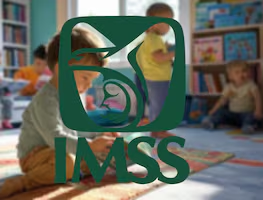Más Información
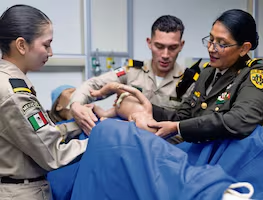
“En algunos años habrá una secretaria de la Defensa”, afirma subdirectora de la Escuela Militar de Medicina
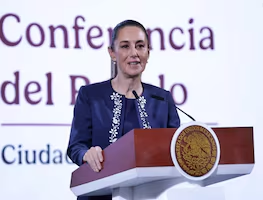
Claudia Sheinbaum, por definir asistencia presencial a reunión "urgente" de la Celac; migración, tema clave del encuentro

Noroña califica política de EU como hipócrita, racista y fascista; se solidariza con Petro ante deportaciones
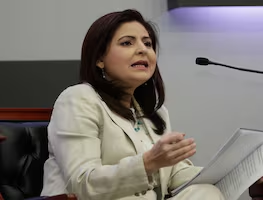
Magistrada Mónica Soto propone sustituir al Comité de Evaluación del PJ; plantea someter a insaculación a aspirantes elegibles
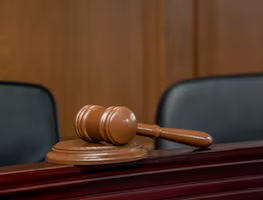
Magistrado Reyes Rodríguez propone validar registros de aspirantes con promedio inferior a 8; excluirlos es “estigmatizante”, señala
The Tlatelolco University Cultural Center ( CCUT ) created the “ Collection M68. Citizens in movement ” initiative, which uses the EL UNIVERSAL's historic archive to incorporate all the historic memories of the 1968 student's movement into a digital brain in the first stage , and then other social movements by adding more information , pictures , and videos from the Nation's General Archive ( AGN ), as well as the archives from the National Autonomous University ( UNAM ), the Iberoamerican University ( UIA ), Chapingo ( UAch ), the National Polytechnic Institute ( IPN ) y Mexico's College ( Colmex ).
During an interview with Ander Azpiri Landa , the CCUT's sub academic director , confirmed that the idea will be turned into a “ digital brain ”, a software specifically designed for the project , that will incorporate historical and graphic archives from newspapers and universities.
“With the EL UNIVERSAL's archive we're going to work with different periods, social movements from the last 50 years , this year it will be about the 1968 movement , but we're going to continue working and incorporating more content . We're talking about newspapers , photos, for the testimonies we interviewed Jesús Fonseca”, said Azpiri Landa.
The Victim Attention Executive Commission (CEAV) met with the UNAM , through the CCUT , to analyze the available options that would allow it to reach collective satisfaction in the midst of Tlatelolco's massacre 50th anniversary . The CEAV also determined that MXN $6 million from a trust fund for the victims will be destined for the CCUT project.
The best way to recover the memories from the 1968 movement is to try to preserve it, its importance must be communicated to the new generations , says Azpiri Landa.
“One of the main reasons that have motivated the oblivion of the 1968 movement is that it's bee n difficult to communicate its current relevance . Most of the visitors are young people, how are their interests connected to what happened? We have to shorten that conceptual distance,” he added.
Azpiri Landa
also explained that “this digital brain will be of free access . You will be able to see it here in Tlatelolco and on any mobile device , that's very important”.
The digital brain will include documents, photos, films, recordings, paperwork from over 30 public, private and personal collections ; as well as artwork, documents from judicial processes from people who were judged after 1968, i nternal documents from organizational processes from different social movements.
The software will include artificial intelligence softwar e that will boost searches . The platform will be ready in September and will allow users to find all kinds of related information.
“We've designed a very complete bibliographic card with over 40 different fields , from physical characteristics to who created each document, what's their story, how it ended up in the collection, who were they, when was it created”, explained Azpiri Landa.
For example, in the case of posters from social movements, certain words can be associated with other contents that are on the same platform, so it can be found by the reader”.
gm



